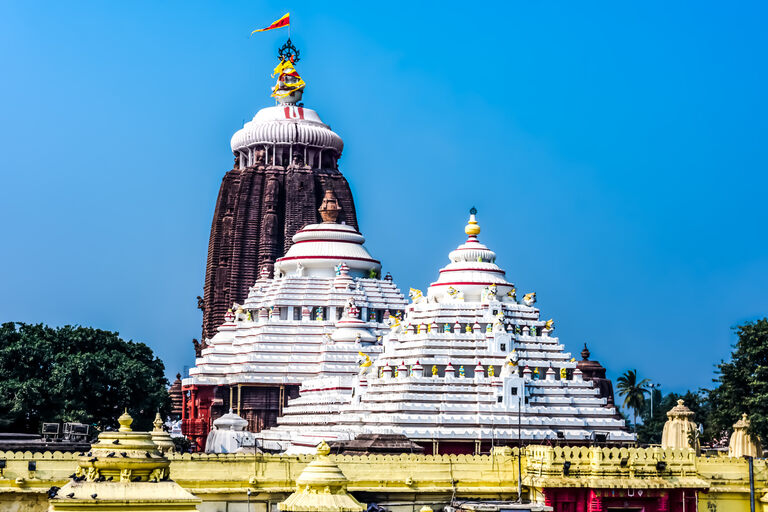History and Significance of the Jagannath Temple
The Jagannath Temple, located in Puri, Odisha, is a renowned Hindu temple dedicated to Lord Jagannath, a form of Vishnu. According to temple records, it was originally built by King Indradyumna of Avanti. Over the centuries, the temple has undergone multiple reconstructions, with its present form dating back to the tenth century under King Anantavarman Chodaganga of the Eastern Ganga dynasty.
Rituals and Traditions
Many rituals at the Jagannath Temple are based on Oddiyana and Shabari Tantras, which evolved from Mahayana Buddhism and tribal beliefs. The temple is revered as one of the 108 Abhimana Kshetrams in the Vaishnavite tradition.
Unique Features of the Temple
Unlike traditional Hindu temples with stone or metal idols, the deities at Jagannath Temple are made of wood. Every 12 or 19 years, the idols are ceremoniously replaced with exact replicas. This distinctive practice adds to the temple’s spiritual and cultural significance.
Cultural Festivities: Ratha Yatra
The Jagannath Temple is famous for its annual Ratha Yatra, or chariot festival. During this grand event, the idols of Jagannath, Balabhadra, and Subhadra are placed on elaborately decorated chariots and pulled through the streets of Puri. This festival attracts millions of devotees and is one of the largest religious processions globally.
Historical and Spiritual Influence
Throughout history, the Jagannath Temple has attracted prominent saints and scholars from various Vaishnavite traditions, such as Ramanujacharya, Madhvacharya, and Chaitanya Mahaprabhu. These figures have significantly contributed to the temple’s spiritual and philosophical legacy.
Legends and Stories
The origins of the Jagannath deity are steeped in mythology. According to local legends, the deity was discovered by King Indradyumna after intense prayers and divine guidance. The deity was initially worshipped as Nila Madhava but later manifested as Jagannath to fulfill the king’s devotion and spiritual aspirations.
Religious Practices and Offerings
Daily rituals at the temple include six offerings to the deity, known as Mahaprasad, prepared in the temple’s vast kitchen, one of the largest in the world. The offerings consist of various vegetarian dishes prepared without onions and garlic, all considered sacred and supervised by temple authorities.
Festivals and Celebrations
Apart from the Ratha Yatra, the temple hosts several festivals, including Nabakalebara, Gupta Gundicha, and Niladri Bije, each with unique rituals and cultural significance. These festivals attract devotees from across the globe, reinforcing the temple’s role as a major pilgrimage site.
Controversies and Cultural Practices
The temple has strict entry rules, with non-Hindus generally not permitted inside. This policy has sparked debates over inclusivity and cultural practices, reflecting ongoing discussions about tradition versus modernity in religious contexts.
♦Follow Us For More Religious Knowledge| Bharat Bulletin Online
Conclusion
The Jagannath Temple in Puri symbolizes a rich cultural heritage, spiritual devotion, and traditional practices deeply rooted in Hinduism. Its annual festivities and rituals inspire millions worldwide, making it a focal point of religious pilgrimage and cultural celebration.

